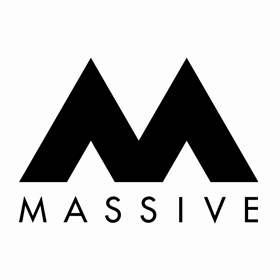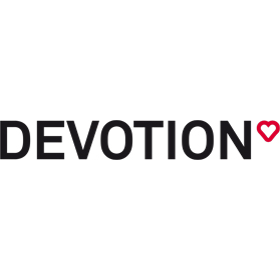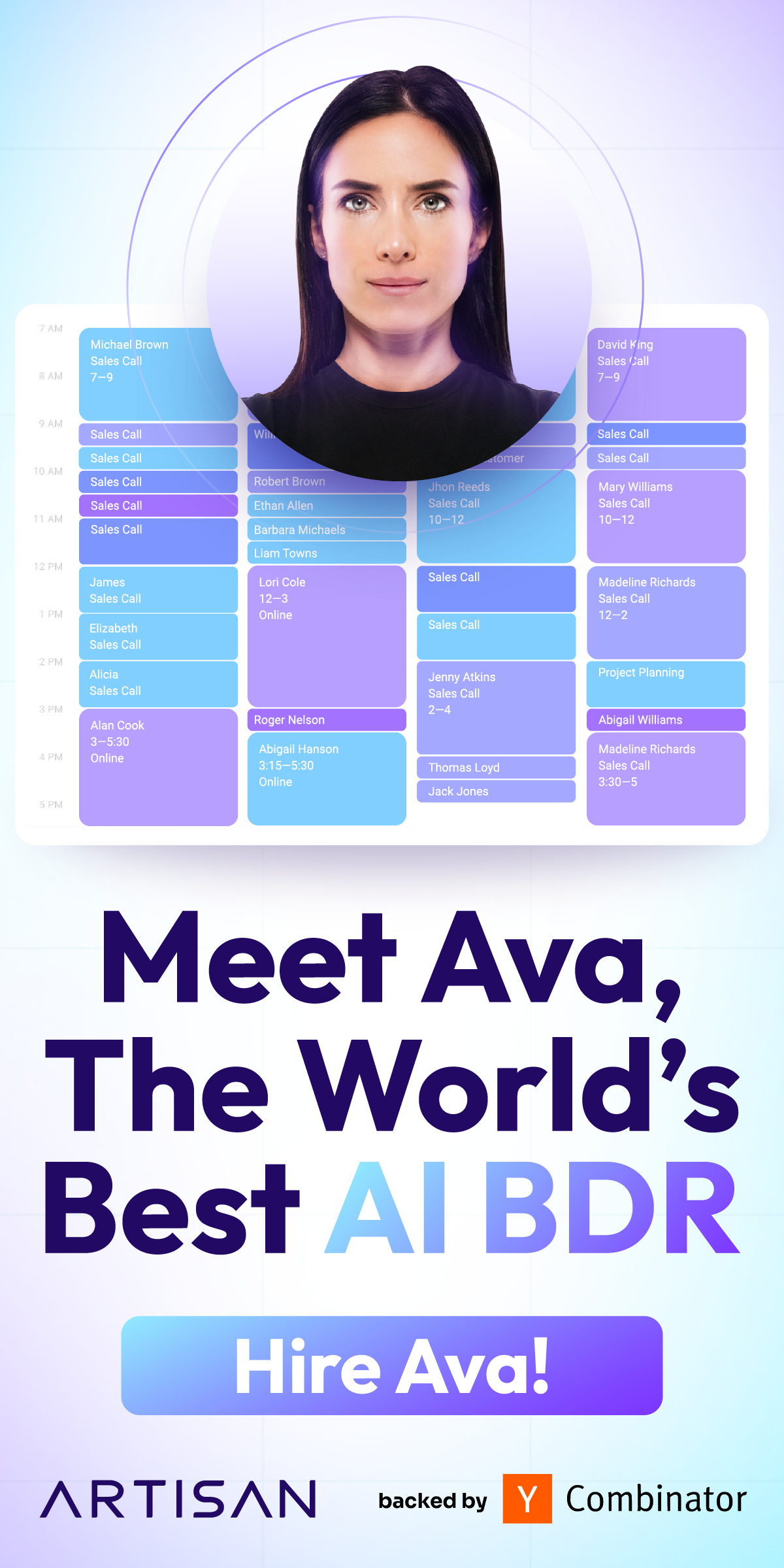
5 Common Problems for Marketing Agencies and How to Fix Them
It’s hard to imagine what our world would look like without marketing. We’re so used to seeing commercials, ads, brochures, newsletters and email campaigns everywhere that it has became a part of our daily lives.
Strongly influenced by modern technological solutions, marketing has even become more integral and customized than ever before. However, understanding your target audience and trying to engage them and turn them into your customers is still the ultimate goal.
Even with advanced technological solutions that have allowed marketers to get closer to their target audience and truly understand their needs, there are several challenges faced in regards to marketing.
Consequently, marketing agencies which are strictly focused on the marketing field of the business world are experiencing even more difficulties than their colleagues in the corporate world. To understand how marketing has changed due to these factors, we bring you common problems for marketing agencies.
1. Too slow at adapting to digital changes.
The digital revolution has changed every aspect of the marketing world. This sudden change has not left enough time for marketers to learn everything they will need for this digitization.
Fast learning, even faster adaptation and perfect execution became imperatives for those who wish to stay on top of this game. Marketing on social media, marketing on Google, numerous analytics tools and so much more has opened new opportunities for these experts, if they are able to adapt fast enough.
However, with information being stored online, marketers are facing the potential risk of losing data crucial for their business. Luckily, they now have adequate tools at their disposal to prevent situations like this from happening.
One of the most popular is Free R-Undelete, a free tool for data recovery which can recover any data you might lose such as photos, video, contracts, and other relevant information. Not being able to recover vital information would result in severe damage to an agency.
2. Not asking questions.
Nowadays, marketers have all of these platforms and tools for communication, but somehow they have forgotten to listen to their audience. Whether it’s their clients’ or brand’s potential/existing customers, marketing agencies have turned their focus from understanding someone’s point of view to making the most out of everything that’s available to them.
Good marketing agencies are still the ones asking questions to understand their target audience better. These agencies know that you can have all the tools in the world available to you and you will still need that human touch. In other words, opinions, desires, fears, and individual problems are just some of the things that are only revealed to those asking the right questions.
3. Being the same on different channels.
Just because there are so many different channels available to marketers doesn’t mean they use all of them. The worst examples are the agencies who are present everywhere but post regularly only on 1-2 platforms.
Today’s customers want more from the brands which means they want different experience each time they interact with you on platforms you use. According to research by Zendesk, up to 87% of customers feel that brands should put more effort when talking about customer experience.
Marketing agencies should focus more on being diverse in their communication. The more marketing channels an agency decides to use, it will be more difficult for it to maintain the same brand voice and image. In other words, if you’re not communicating clearly enough, you’ll confuse your audience, and they will turn their back on you.
Choose only the channels you know are vital for your business. Don’t forget that you should post unique content across your chosen channels if you want to engage and grow your audience.

4. Not securing enough budget.
This is a common problem for marketers all around the world, especially for those working in agencies. You’ve worked on a great strategy, and you are suggesting your budget, but your client decides to cut it. Knowing that your suggested budget was necessary if you wanted to achieve the results and use the platforms you stated in the strategy, you want to find a way to proceed but don’t know how.
Agencies that feel more confident in their strategies will be better at making the client understand why this strategy precisely what they need. Otherwise, if you’re not sure whether your strategy really needs that budget, your client will feel the same way.
Focus on ROI and all the other benefits your clients will enjoy if he accepts the terms of your strategy. Understanding how your strategy contributes to the overall results is your winning move!
5. Failing to determine a selling point.
Unfortunately, a lot of agencies are struggling with determining a unique selling point. As a consequence of this digital era we’re living in, consumers have access to more brands than ever before.
That’s why marketers assume that it’s impossible always to find something unique. However, this is not something to be ignored as a unique selling point can increase conversion rates by 33,8%.
To find your unique selling point, you have to know it doesn’t have to be something that your competitors doesn’t offer. You can provide the same services, but you have to find the one that is your selling point.
It can be the specific niche your agency operates it, better execution of SEO when compared with your competitors, and a higher rate of clients coming back to work with you again.
All in all, a lot of it has changed in the marketing world and the digital age had a tremendous impact on the way marketers operate.
To get access to these countless benefits, marketers have to fully understand each change and adapt to it as fast as possible. Staying passive and not learning is not an option if you wish to position yourself as one of the best marketing agencies.



























